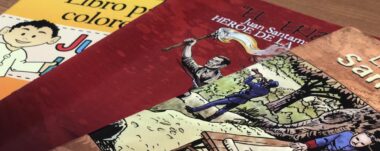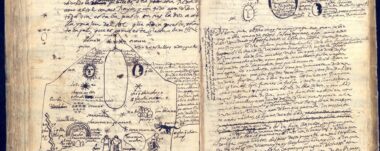The Church of San Blas: The oldest church in Costa Rica
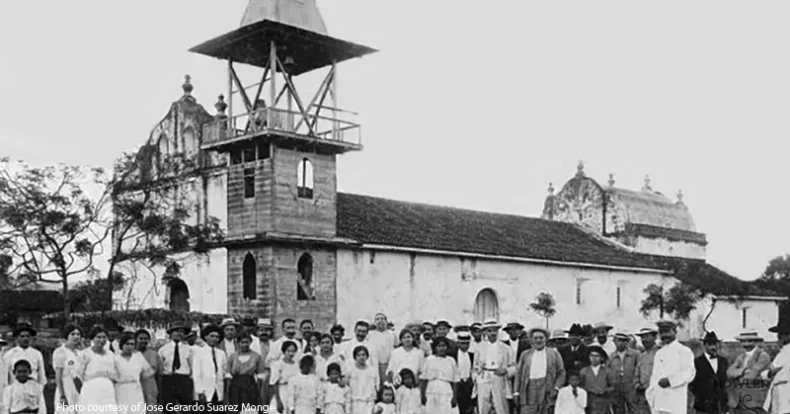
In the canton of Nicoya, the Temple of San Blas is regarded as one of Guanacaste’s most historically significant buildings and was declared a Site of Historic-Architectural Interest in 1995.
Originally, the construction of the first temple likely began nearly 500 years ago (1522-1544) with wooden walls and a thatched roof, resembling indigenous dwellings.
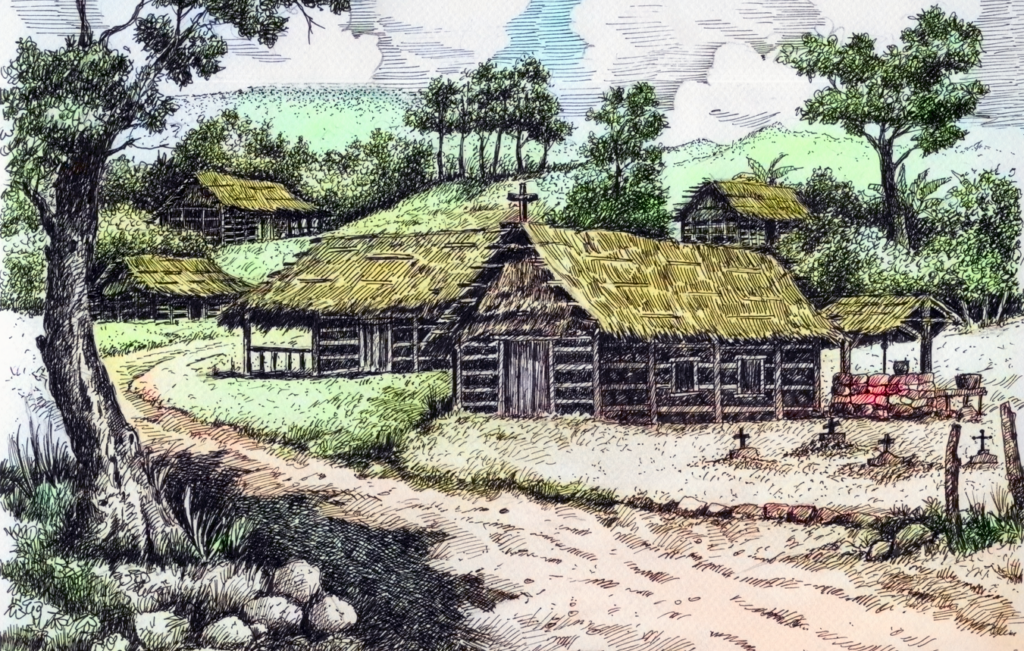
San Blas: The Church that Resisted Time and Natural Disasters in Nicoya “The history of the church of San Blas has roots that go back to the XVI century, when the construction of its first temple, a modest structure of wood and straw, typical of the indigenous architecture of the time, began between 1522 and 1544. Unfortunately, this initial building was devastated by fire in 1634. For its reconstruction in 1644, calicanto, a construction technique that combines stones and mortar, was used, creating a more resistant temple that has undergone multiple restorations over the years due to the ravages of earthquakes and fires. Recognizing its cultural and architectural significance, the church was declared a Site of Historic-Architectural Interest in 1995. During restoration work, human remains were discovered in the area, indicating ancient funerary practices that included the burial of notables inside the church. Some of its treasures also include “San Blasito”, a venerated image peculiarly dressed according to Orthodox tradition, whose presence underscores the rich history and traditions rooted in this venerable place of worship.
Temple of San Blas in Nicoya: The Church that Resisted Time and Natural Disasters
In 1751, Bishop Morel de Santa Cruz elevated the building to Vicarage, the Catholic Church’s representative office in the canton. Besides, San Blas was established as the Patron Saint of the Nicoya Temple and the creation of different brotherhoods within the
region.
Over the years, the temple has undergone several reconstructions due to various natural incidents such as earthquakes and fires.
Following a fire in late eighteenth-century Nicoya that destroyed valuable church documents, the San Blas Temple was completely destroyed by a strong earthquake in 1822.
After the earthquake of 1822, an attempt was made to build a third temple, using the foundations of the previous one, but the construction was not completed due to lack of funds and the damage of a new earthquake in 1826, which forced to restart the works, building in 1827 the temple we know today.
This church survived several earthquakes, such as the one in June 1900, which caused great material damage, being necessary to make major reforms to the temple, then, between 1950 and 1952 other earthquakes affected the building, so they planned a demolition that was not carried out thanks to the displeasure of the neighbors, the earthquake of Samara in 2012 again damaged the structure, cracking the vault, walls and belfry, forcing its temporary closure to the public.
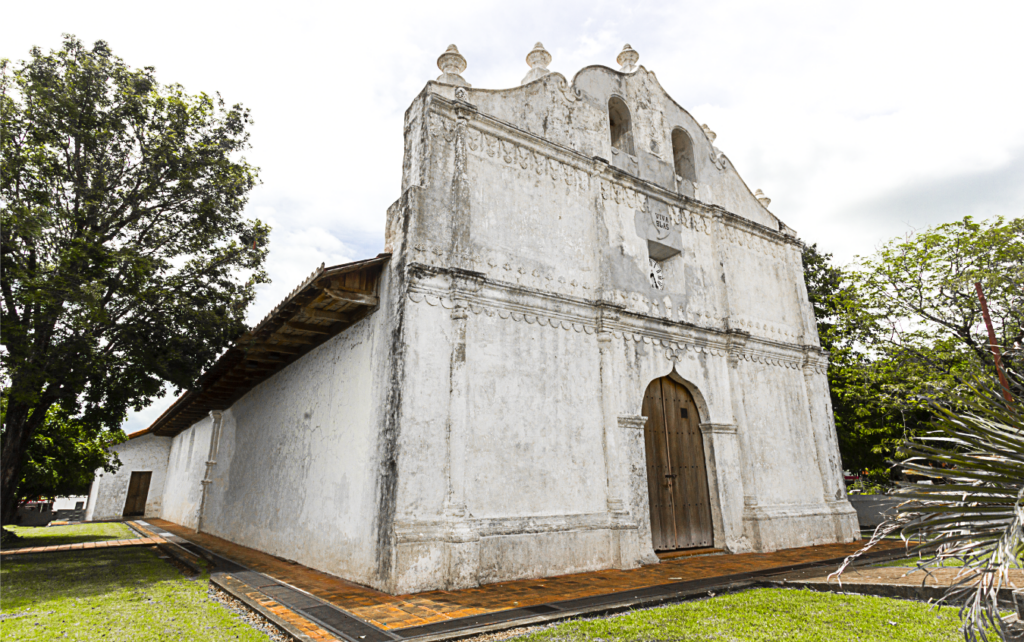
In 2012, around 154 people buried between 1600 and 1813 were discovered, given that temples served as burial sites in the absence of cemeteries. This church is a significant historical and architectural landmark, representing the early interactions between the indigenous Chorotega tribe and Spanish colonizers. The church was officially founded following the arrival of Spanish explorers Gil González Dávila and Fray Diego de Agüero in 1523, who established a relationship with the local chief, allowing for the construction of a church to serve the community.
Navigate articles




